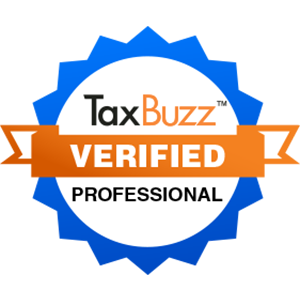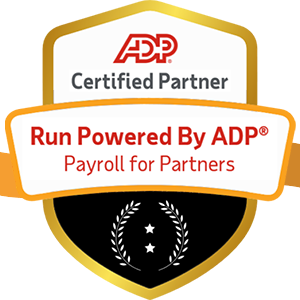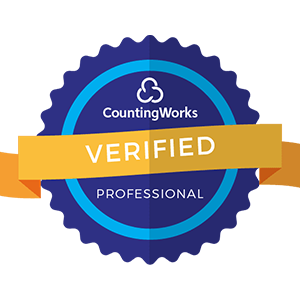
In today's fast-paced business world, companies are constantly seeking ways to optimize operations, cut costs, and boost productivity. Many have turned to Lean principles, originally developed for manufacturing, to streamline processes and eliminate waste. Now, forward-thinking HR departments are getting in on the action by applying Lean thinking to recruitment, onboarding, performance management, and more.
Welcome to the Lean HR revolution. By taking a critical look at every aspect of HR through a Lean lens, people teams are uncovering huge opportunities to improve the employee experience while saving time and money. Here's how it works.

At its core, Lean is a management philosophy that aims to maximize value for the customer while minimizing waste. Lean originated in the Japanese manufacturing industry in the mid-20th century, with Toyota pioneering concepts like just-in-time production and continuous improvement.
Define Value from the customer's perspective—understanding what truly matters to those you serve.
Map the Value Stream and eliminate waste—visualizing every step in your process to identify inefficiencies.
Create Flow by removing obstacles—ensuring work moves smoothly without unnecessary delays or bottlenecks.
Establish Pull by producing only what's needed—responding to actual demand rather than creating excess.
Pursue Perfection through continuous improvement—never settling for "good enough" and constantly seeking better ways.
While Lean started in manufacturing, its principles can be applied to virtually any business process—including HR. By viewing employees as the "customers" of HR services, people teams can use Lean tools to deliver maximum value and eliminate wasteful practices.
Traditional HR is often bogged down by clunky processes, excess bureaucracy, and non-value-added work. A Lean approach strips away this waste to create a streamlined HR operation that's laser-focused on delivering results.
Faster Time-to-Hire: Streamlined recruitment processes that move candidates through the pipeline more efficiently.
Smoother Onboarding: More effective new hire experiences that reduce time-to-productivity and increase engagement.
Reduced Manual Tasks: Less time wasted on tedious, repetitive HR activities that can be automated or eliminated.
Lower Operating Costs: Increased HR efficiency translates directly to cost savings and better resource allocation.
Enhanced Employee Experience: More satisfied employees who receive timely, valuable HR services.
Strategic Focus: More time for HR teams to focus on high-impact strategic initiatives rather than administrative tasks.
The bottom line: Lean HR leverages proven optimization techniques to elevate the role of HR from a back-office cost center to a value-creating strategic partner. In today's hyper-competitive talent landscape, this transformation has never been more urgent.
Transforming your HR department into a lean, strategic machine isn't an overnight process. But by embracing core Lean practices, you can start eliminating waste and boosting efficiency immediately.
Value Stream Mapping (VSM) is one of the most powerful Lean tools available. VSM is a method for visualizing the end-to-end flow of a process to identify waste and opportunities for improvement.
Your VSM Implementation Process
Recruitment Transformation: Map your hiring process from requisition to offer letter. One company used Lean to reduce time-to-hire by 35% while improving candidate experience and quality of hire.
Onboarding Optimization: Examine your new hire process to eliminate frustrations and wasted effort. Another organization slashed its onboarding timeline from 2 weeks to 2 days using Lean principles.
Performance Management Simplification: Streamline cumbersome review processes by eliminating low-value steps and providing more continuous feedback.
Another core tenet of Lean is continuous improvement—the understanding that you're never truly "done" optimizing a process. Lean organizations engage everyone from frontline workers to senior leaders in an ongoing quest to eliminate waste and enhance flow.
Kaizen, a Japanese word meaning "change for the better," forms the backbone of continuous improvement efforts. Here's how HR can leverage kaizen power:
Practical Kaizen Strategies
Employee Suggestion Systems: Create easy channels for staff to submit ideas for improving HR processes. Make it simple for people to share frustrations and improvement opportunities.
Focused Kaizen Events: Run short, intensive projects aimed at rapidly improving specific processes. Bring together cross-functional teams to eliminate waste and enhance value creatively.
Gemba Walks: Practice this Lean technique where leaders regularly visit the "place where value is created" to observe processes and gather improvement ideas. For HR, this might mean shadowing recruiters or observing onboarding sessions.
Data-Driven Analysis: Measure and analyze key HR metrics like time-to-hire, onboarding completion rates, and employee satisfaction. Use data to identify problem areas and track improvement impact.
Success Sharing: Celebrate achievements and share best practices across the HR organization. Create a culture where everyone challenges the status quo and drives positive change.
To illustrate Lean HR principles, let's examine how they can revolutionize employee onboarding—a process where many companies struggle with inconsistent, frustrating practices that leave new hires disengaged.
Step 1: Current State Analysis
Map your existing onboarding process from the new hire's perspective. Document every step from offer letter signing to equipment receipt to training completion. Note timing and typical delay points.
Use Lean concepts to identify process waste:
Delays: How long do new hires wait for laptops or system access?
Overprocessing: Are there redundant forms or unnecessary training sessions?
Defects: How often do new hires receive wrong equipment or incomplete paperwork?
Excess Inventory: Are you ordering too many onboarding kits or holding unused equipment?
Transportation: Can you digitize paperwork to eliminate physical movement requirements?
Waiting: How much time do new hires spend waiting for meetings, approvals, or resources?
Create an optimized process that eliminates waste and improves flow:
Execute changes and track results using metrics like:
Run regular kaizen events focused on onboarding optimization. Share successes and lessons learned with other HR teams.
The results speak for themselves: Companies applying Lean principles to onboarding create more seamless, engaging experiences that set new hires up for long-term success.

Transforming your HR function into a Lean, waste-fighting operation requires a significant mindset shift. It means challenging long-held assumptions, embracing change, and empowering your team to think differently. The payoff—in efficiency, employee satisfaction, and strategic impact—is worth the effort.
The future of HR is Lean—and the time to start is now. By embracing Lean principles and tools, you can transform your HR function into a strategic powerhouse that drives efficiency, engagement, and measurable business results.
Key Takeaways:
The bottom line: Companies that apply Lean thinking to HR will gain competitive advantages through improved efficiency, enhanced employee experiences, and greater strategic impact. The question isn't whether Lean HR is worth implementing—it's whether you can afford to fall behind competitors who are already reaping these benefits.
So what are you waiting for? It's time to join the Lean HR revolution and transform your people operations into a strategic advantage.


